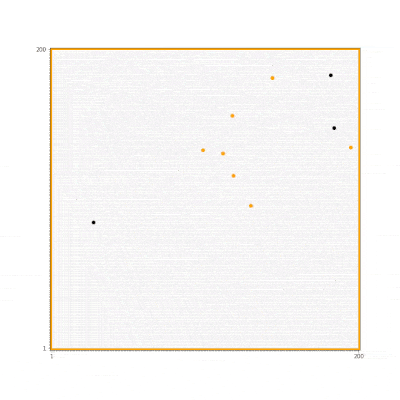Mathematical model to understand melanoma cells

According a mathematical model, cancer cells’ ability to tolerate crowded conditions may be a key to understanding tumor growth and formation.
This spatial stochastic model can replicate patterns of melanoma cell growth seen in laboratory experiments by controlling the ‘exclusion area’ around two types of simulated cells as they grow and spread. A paper describing the model was recently published in Scientific Reports.
Read more: Linares and Morris are elected to Brazilian Academy of Sciences
ICM curiosities | The first letter is unforgettable
Time Tunnel: Emmy Noether earned her Ph.D. in mathematics
The researchers from University of Sao Paulo, Penn State University and University of Debrecen applied a modification of the Widom-Rowlinson model — a mathematical model that has been used in contexts ranging from theoretical chemistry to sociology — to try to determine what factors explained the pattern of cell growth seen in lab experiments.
The scientists could control the rate at which each cell type replicates, dies, and migrates, according to variations of the model parameters. They plan to continue to expand their model in combination with data from real-world experiments in cancer cell growth. They believe this combination of theoretical modeling with laboratory experiments could lead to additional insights into the factors that contribute to cancer cell growth.
Check out the research ► https://goo.gl/HZwg6j


